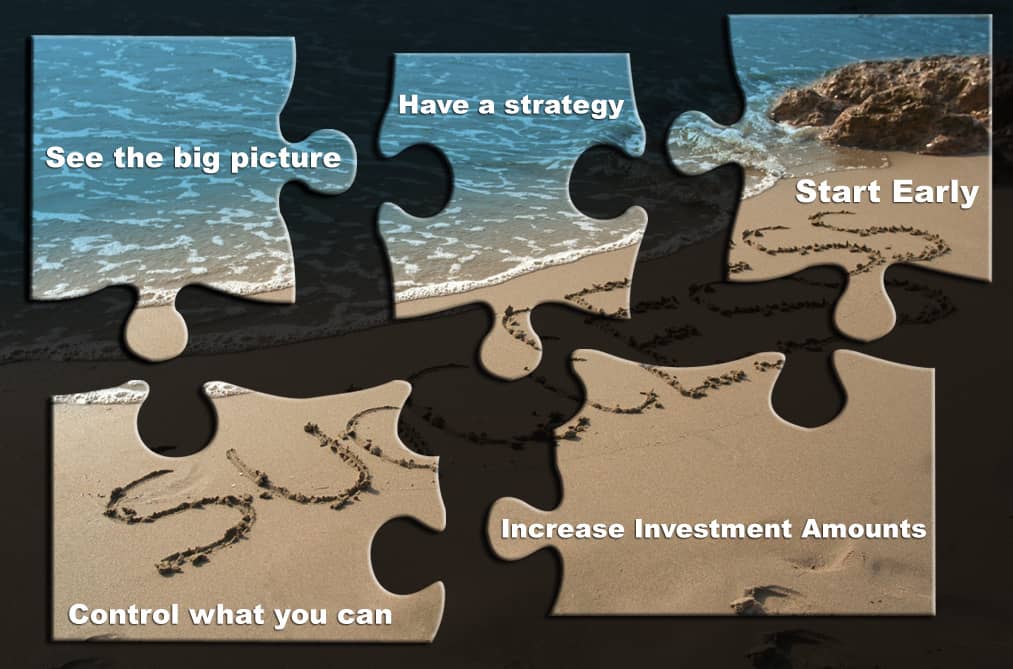Investors often think they are doing better than they actually are. But the reality is that most investors are actually underperforming their benchmark. Two recent articles regarding behavioral finance — Which Investor Personality Best Describes You? and 8 Common Investor Biases That Impact Investment Decisions — detail a concept which is the thought that our own instinctive behaviors are the biggest challenge to us as investors. Another topic that we have written on is the issue with trying to “time” the market. What people often don’t realize is that these two concepts have more in common than you might think.
For over two decades, financial research firm Dalbar has been analyzing investor returns. It recently published its 22nd annual Quantitative Analysis of Investor Behavior study that compared these investor equity fund returns versus the market benchmark. The results showed significant underperformance from investors. Dalbar points out that “for the 30 years ended Dec. 31, 2015, the S&P 500 index produced an annual return of 10.35%, while the average equity mutual fund investor earned only 3.66%. The gap of 6.69 percentage points represents the diminished returns.”
So why is this the case?
As advisors, we have long preached the importance of cost and the large effects it can have on returns. While cost is a factor in investor underperformance, there are other factors that play even a larger role. The study showed that the biggest contributing factor to equity investors’ underperformance over the past 20 years is voluntary investor behavior. What does that mean? Let’s look at a couple of examples of investor behavior that contributes to underperformance.
1. Panic selling: The No. 1 rule in a market collapse is not to panic. Markets can be erratic with times of larger-than-normal volatility. Responding emotionally is never a good idea. Start by understanding what your risk tolerance is. At that point, make sure you understand your investments and what their purpose is in your portfolio. Finally, look at your portfolio as a whole and make sure it is aligned properly with your risk tolerance and goals.
2. Trend chasing/herd mentality/FOMO (Fear of Missing Out): As the phrase goes: what you see is what you believe. When investors see a stock continue to go up, or everyone around them is talking about buying that stock, it is easy to follow the crowd and jump in without thinking. History has shown us that past performance is no guarantee of future returns.
3. Overconfidence: Many investors feel they perform better than what is actually happening or real. This can cause investors to believe they can accurately time the markets.
Source: BlackRock; Informa Investment Solutions
Telling investors about these issues is one thing. Actually seeing the fixes put into practice is another challenge. The key point to remember is that we are often our own worst enemies when it comes to managing our own investments. Having a great financial and investment plan is irrelevant if you don’t have the mindset to follow through and stick to it. Becoming self-aware of these issues is a great first step.
This article was originally published on investopedia.com
***










